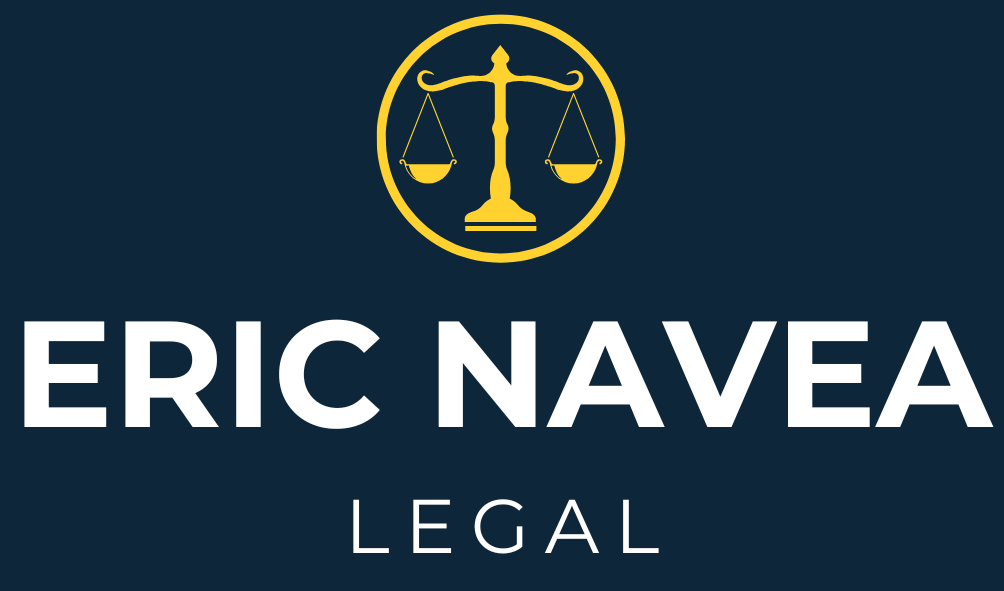Reasonable Excuse Under the HVNL: A Risky Defence for Transport Operators
When talking to drivers and operators about mass, dimension and loading offences (MDL offence) under the HVNL a common phrase we hear from drivers and operators is that they have a “reasonable excuse” defence.
Sections 96, 102 and 111 of the HVNL provide that a person is guilty of a MDL offence “unless the person has a reasonable excuse”. Unfortunately, the HVNL does not define “reasonable excuse” nor does it set out what circumstances a court might consider before concluding that an excuse is reasonable.
The South Australian Supreme Court[1] has sent a strong reminder to the transport industry: safety systems must be watertight, and “reasonable excuse” is a very narrow defence under the Heavy Vehicle National Law (HVNL).
The Incident
In 2019, a Giannopoulos Transport driver was moving scrap car bodies in a tipper trailer. The company expected 5–6 cars, but only four were loaded. When the driver braked suddenly, one of the car bodies flew out and lodged between the truck and trailer.
The NHVR charged the company with breaching load restraint rules. At first, the Magistrates Court found the company not guilty, saying it had a reasonable excuse because it thought more cars would be loaded and relied on the driver to alert them if there was an issue.
The Appeal
The NHVR appealed—and won. The Supreme Court overturned the acquittal, ruling that:
Companies can’t rely on drivers alone to pick up unsafe situations.
Training and policies must specifically cover different loading scenarios (like partial loads).
If your systems don’t address foreseeable risks, you’re still liable.
The case was sent back to the Magistrates Court for rehearing.
Why It Matters
The HVNL puts responsibility not just on drivers, but also on companies. Even if a driver acts in good faith, the operator can be held accountable if its systems fall short.
This means:
Operators must make sure training, Safe Work Method Statements, and instructions and equipment cover all realistic loading situations.
Drivers must stop and call their company if the load doesn’t match what was expected or if it looks unsafe.
Both need to work together to ensure safety always comes before efficiency.
Key Lesson
The reasonable excuse defence under the HVNL is extremely narrow. It is not enough for a company to argue that it didn’t know about an unsafe load or that the driver should have raised a concern. To succeed, operators must show they had comprehensive systems, training, equipment and procedures that made it reasonable to expect safety requirements would be met—even in unusual circumstances.
If you or your company have been charged with a mass, dimension or load restrain offence under the HVNL and would like to consult with us about reasonable excuse contact us for peace of mind.
[1] National Heavy Vehicle Regulator v Giannopoulos [2023] SASC 101
